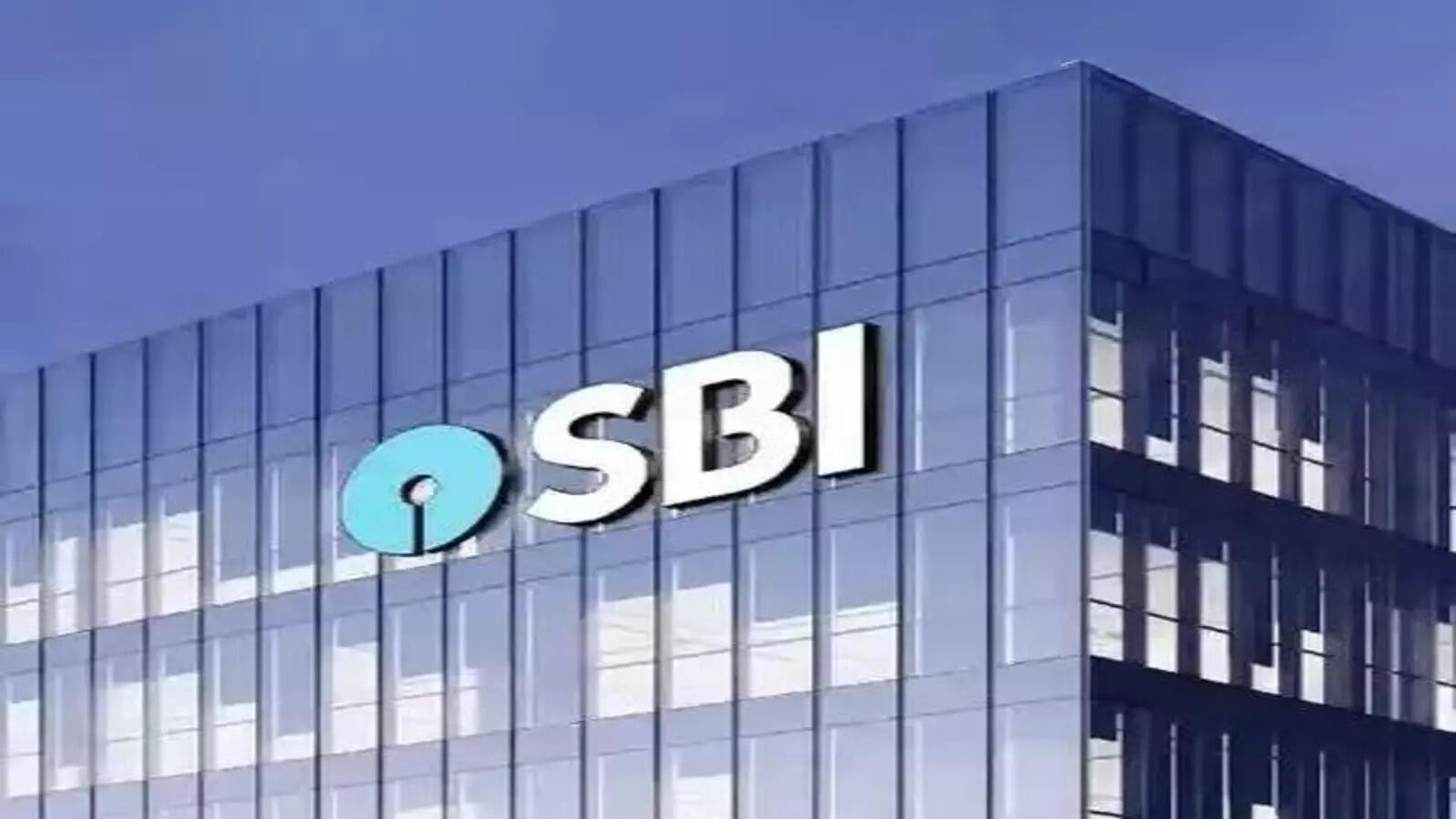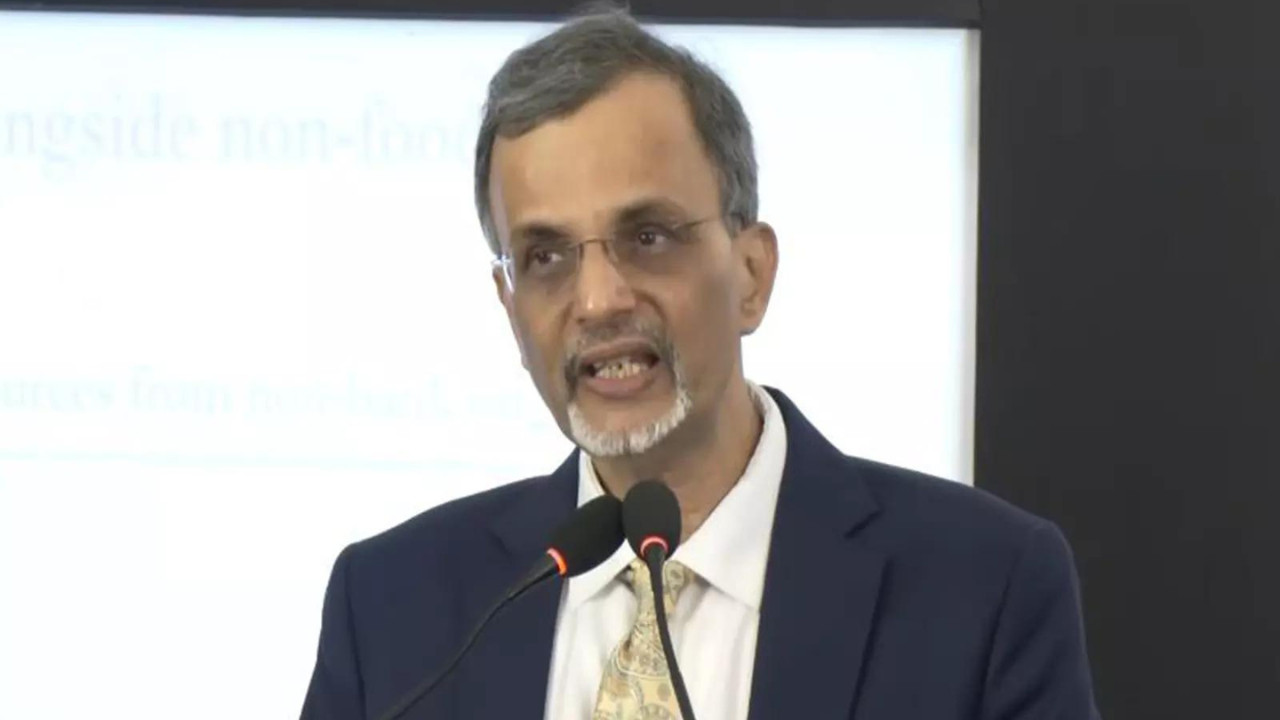State Bank of India reduced its lending rates by 50 basis points, effective June 15, 2025, lowering RLLR to 7.75% and EBLR to 8.15%. Fixed deposit rates for amounts up to Rs 3 crore were also decreased by 25 basis points across various maturities.
That Sigh of Relief? It Might Just Be Your Loan Getting Cheaper
Okay, let’s be honest, nobody really enjoys thinking about loan interest rates. It’s one of those necessary evils, a financial hum in the background that’s easy to ignore until you’re suddenly writing a bigger check than you anticipated. But guess what? That hum might be about to get a little quieter, thanks to recent rumblings in the financial world.
The Reserve Bank of India (RBI), the big boss of our financial system, recently decided to loosen the purse strings a bit, signaling a potential easing of interest rates. And when the RBI moves, the banks tend to follow. Now, the effect is trickling down, and State Bank of India (SBI), the country’s largest lender, is leading the charge. They’ve announced some significant cuts to their lending rates – we’re talking up to 50 basis points (bps), which translates to half a percent. Half a percent might not sound like much, but trust me, it can add up, especially on larger loans.
So, what does this actually mean for you, the average borrower? Well, picture this: you’ve got that home loan hanging over your head, or maybe a car loan, or even a personal loan you took out to finally tackle that home renovation. Every month, you diligently make your payments, knowing a good chunk of it is going towards that pesky interest. Now, imagine that chunk shrinking, even just a little. That’s the potential impact of these rate cuts.
SBI’s move is primarily targeted at reducing the Marginal Cost of Funds Based Lending Rate (MCLR). In layman’s terms, the MCLR is essentially the minimum interest rate below which a bank can’t lend. It’s the benchmark against which many of their loans are priced. By reducing the MCLR, SBI is effectively making it cheaper to borrow money across the board.
And who benefits? A wide range of borrowers. Those with existing loans linked to the MCLR will see their equated monthly installments (EMIs) decrease, meaning more money stays in your pocket each month. Those looking to take out new loans will also benefit from the lower interest rates, potentially making that dream house or car a bit more affordable.
This is particularly good news for those with floating-rate loans. These loans are directly linked to benchmark rates like the MCLR, so any changes are immediately reflected in the interest you pay. Fixed-rate loans, on the other hand, won’t be affected unless you choose to refinance them at the new, lower rates (which is something worth considering if you’re currently paying a higher interest rate).
But why is SBI doing this? It’s not just about being nice (although, a little borrower-friendliness never hurts, right?). The RBI’s decision to ease monetary policy is aimed at stimulating the economy. Lower interest rates encourage borrowing and spending, which, in turn, can boost economic growth. By cutting their lending rates, SBI is playing its part in this grand scheme. They’re essentially making it easier for businesses to invest and for consumers to spend, which should help grease the wheels of the economy.
Now, it’s important to remember that this is just one bank making a move. Other banks are likely to follow suit, but the timing and magnitude of their rate cuts may vary. It’s a domino effect – SBI makes a move, others analyze the situation, and then decide how to respond. This creates a competitive lending environment, which ultimately benefits the consumer.
So, what should you do with this information? First, if you have a loan with SBI linked to the MCLR, expect to see your EMI decrease in the coming months. Contact your bank to confirm the exact impact on your payments. Second, if you’re considering taking out a new loan, now might be a good time to shop around and compare rates from different lenders. Don’t just jump at the first offer you see. Take the time to research and find the best deal for your individual circumstances.
Finally, even if you don’t have any loans right now, pay attention to these developments. Interest rates are a key indicator of the overall health of the economy, and they can have a significant impact on everything from housing prices to investment returns. Keeping an eye on these trends can help you make more informed financial decisions in the long run.
So, that sigh of relief you heard? It wasn’t just you. It was the collective sigh of borrowers everywhere, breathing a little easier knowing that their financial burden might be getting a little lighter. Keep an eye on how this unfolds, and get ready to potentially save some money. After all, who doesn’t like a little extra cash in their pocket?







